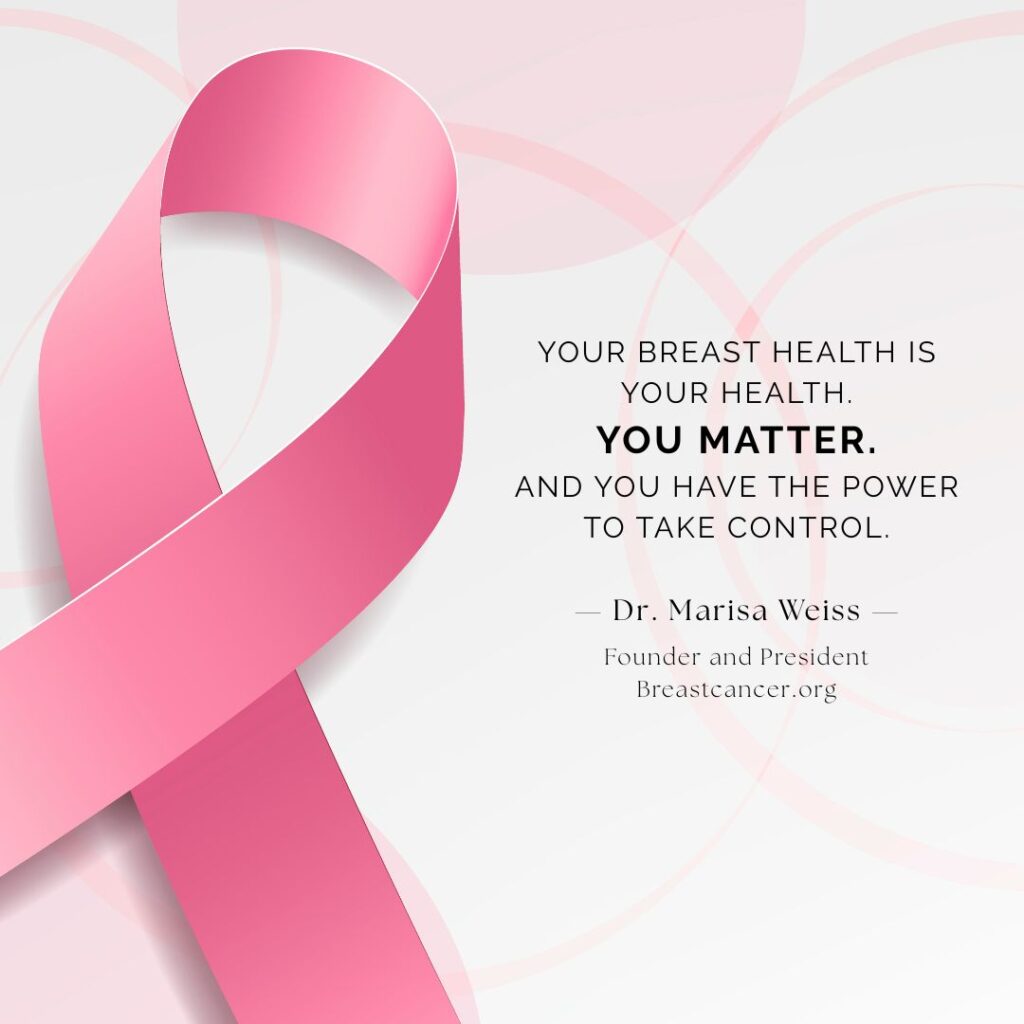You’re standing in your closet early morning, looking at a dress you loved two years ago — and suddenly noticing it fits differently. Your body feels like it’s changed overnight (though, of course, you know it hasn’t). The breeze on your arm triggers a flush you don’t expect. You scroll your phone half awake, glancing at a message from a friend saying, “Oh yeah, I have that too.” And you think: Is this just ageing … or something else?
Here’s the truth: You’re not imagining the change. And it’s not just ageing. Your body is shifting — internally and visibly — and the chapter you’re entering is wildly misunderstood. But this isn’t a story of loss. It’s a story of transformation — if you have the map. So let’s start mapping.
Let’s crush the Top 10 Menopause Myths
Myth 1: “Menopause begins at 50 (or 51).”
Truth: There’s no universal “menopause starting age.” Your body may begin shifting years earlier—and the formal stop of your periods is only part of the story.
You’ve probably heard: the average age for menopause is 51. That’s broadly true—but it hides so much. Most women begin transitioning into perimenopause years beforehand, often in their 40s—or even late 30s for some.¹ Natural menopause can occur anywhere between 45–58, and early menopause between 40–45.¹
Here’s what this means for you: If your period patterns change, hot flashes sneak in, or your sleep starts betraying you in your 40s—don’t assume you’re “too young.” You’re just in the early phase of this shift. The earlier you recognize it, the more control you have.
Myth 2: “Everyone goes through menopause the same way.”
Truth: Every woman’s transition is wildly unique—symptoms, timing, intensity—and you deserve to work from your baseline, not someone else’s narrative.
The media loves to package menopause as: hot flashes, mood swings, weight gain, done. But actually—some women breeze through with minor symptoms; others struggle profoundly for years.² There’s no “standard menopause experience.”³
Here are a few little reality checks you deserve:
- You might skip hot flashes entirely—and still be in menopause.
- Your sleep issues, mood changes, or memory “glitches” may start in perimenopause and linger well after your last period.²
- What’s normal for you might feel like chaos compared to what your coworker tells you—and that’s okay.
Why this matters: If you’re told “just wait, it’s normal,” and you’re suffering—you’re not getting the validation and care you need. Understanding menopause as highly individualized empowers you to ask the right questions of your body and your doctor.
Myth 3: “Once you’re post‑menopause (12 months with no period) the worst is over.”
Truth: Your menstrual cycle may stop—but your body’s adjustment doesn’t switch off like a light. Pain points like sleep disruption, metabolism changes, mood shifts can persist after.
Officially, menopause is defined as 12 consecutive months without a period.⁴ But the hormonal shifts begin well before that and can ripple years after.¹ Your body is adapting—and often recalibrating—to entirely new hormonal terrain.
So yes—just because your period is gone does not mean your transition is automatically done. Your body may continue sending signals that need attention. Keep tracking, keep asking, keep advocating.
Myth 4: “Hormone therapy (HT) is unsafe for everyone.”
Truth: When used appropriately, HT is among your strongest tools—it’s not blindly dangerous, but must be individualized and supervised.
For a long time, the message was: “Hormone therapy equals risk—avoid it.” But modern research shows it’s more nuanced.⁵ When started in the right window (within about 10 years of menopause and under age 60), HT may offer substantial benefits—with risks lower than many assumed.⁶
But—and this is key—it’s not “one size fits all.” Your personal and family health history matters—breast cancer risk, clotting history, heart disease, liver issues. So when you ask your doctor:
- “What are the specific benefits for me?”
- “What are the real risks based on my profile?”
- “What is the shortest effective dose and duration?”
You’re doing the right thing.
Myth 5: “Menopause makes you gain weight inevitably.”
Truth: Yes, your body changes—but weight gain isn’t a fait accompli. Many forces are at play—and with strategy you can influence the outcome.
No question: The hormonal shifts during menopause can change how and where your body stores fat—especially around your abdomen.⁷ But saying “menopause = automatic weight gain” ignores just how much lifestyle and prior health influence the reality.
- Your diet and exercise patterns.
- How well you’re sleeping (or not).
- Your level of muscle mass (which affects metabolism).
- Stress, sleep quality, gut health, genetics.
Your action items:
- Prioritize resistance training (to maintain muscle).
- Make sleep a priority (bad sleep = added metabolic struggle).
- Choose a protein‑rich, whole‑food‑focused eating pattern.
- Focus on shape (composition) rather than just scale increments.
Myth 6: “Once menopause hits, your sex life is over.”
Truth: Pause. That story is tired, worn, and not remotely helpful. Yes—things may shift. But yes—you absolutely can continue to have a vibrant, pleasurable sex life.
Cultural narratives say: menopause = decline in sexual desire and function. But in study after study, women report that sex changes—not ends.⁸ Maybe arousal changes, maybe lubrication needs adjust, maybe communication with partner shifts. But pleasure? Still very possible. Desire? Alive. And often, freedom from pregnancy worry opens a new kind of sexual ease.
If you’re thinking: Not me. Try this:
- Get a pelvic floor physical therapy consult (yes, it helps).
- Use lubrication or moisturizers proactively.
- Talk with your partner about what you prefer now (things change).
- Ask your provider about sexual health in menopause—they should know.
Myth 7: “Your menstrual irregularities must mean menopause is here (or coming).”
Truth: Wait a minute. Yes, irregular periods are common in perimenopause—but heavy, frequent, post‑period bleeding could signal something else entirely and deserves investigation.
Here’s where things get messy: Many women assume everything weird their bleeding does from mid‑40s onward is “just menopause.” But sometimes it isn’t. Fibroids, polyps, endometrial hyperplasia, even cancer risk increase as ovarian function shifts.⁴ So if you experience:
- Very heavy bleeding (soaking a pad/hour).
- Bleeding after intercourse.
- Bleeding after months of no period.
Get checked. Don’t automatically dismiss it as “just menopause.” That’s your body whispering: Check me. And you should listen.
Myth 8: “Menopause only affects the reproductive system.”
Truth: If you think menopause is “just” about stopping periods—you’re missing everything else. Your bones, heart, brain, metabolism, mood, and joints all enter the ring.
This shift is systemic.⁹
- Your bone‑density loss accelerates after menopause (hello, osteoporosis risk).
- Cardiovascular profiles change (not destiny—but vigilance is wise).
- Sleep quality and brain fog become more common (yes—you’re not imagining that!).
- Skin texture, collagen, hair patterns can shift.
Consider menopause as your body’s second puberty—just with decades of life experience behind it. Your care has to widen equally.
Myth 9: “There’s nothing you can do—just ride it out.”
Truth: I hate this one because I hear it so often. But it’s wrong. You can do serious things to help. Not every symptom vanishes overnight—but life doesn’t have to be “just tolerable.” It can be vibrant again.
From research and clinical practice, we know:
- HT (for the right person) works.
- Non‑hormonal medications exist.
- Lifestyle tweaks—sleep, stress, diet, exercise—matter more than we used to believe.²⁹
- Psychological therapies (especially CBT) help with hot flashes, mood, sleep issues.⁴
Stay alert for: Your treatment should be proactive, not passive. If you’re being told “there’s nothing to do” — get a second opinion.
Myth 10: “Menopause marks the end of vitality, relevance, attractiveness.”
Truth: If you believe that, you’re buying the wrong story. Yes—some things shift. But you are absolutely not less valuable, less vibrant, less attractive, less relevant. If anything—you’re primed for a new chapter.
Studies show what many women I talk with already know: Post‑menopause can be a time of reinvention.⁶ Many women say they feel more themselves now—freer, less defined by fertility, more adventurous. Society might whisper “over the hill,” but your body is still full of possibility.
So let’s reshape the narrative: Menopause is not the “end of something.” It’s the threshold of something else. Think of it like stepping through a doorway—you leave behind the chapter of “kid‑raising/fertility journey” and enter “what do I want now?” territory. Power, clarity, forward motion.
Why these myths survive—and why they matter so much
Here’s the scoop: These half‑truths don’t live because someone wants them to—they live because no one has challenged them enough.
- Silence and stigma around menopause mean few ask probing questions.²
- Research and provider training in menopause have historically lagged.²
- Media simplifies—for headlines easy—but nuance gets lost.
- Big fear stories (like hormone therapy risk) became blanket warnings and got stuck.
And here’s why it matters: If you believe the myth, you might
- tolerate symptoms when you don’t have to,
- miss treatable risks (bone loss, heart risk, endometrial issues),
- or blame yourself for something entirely biological.
You’re not broken. You’re just transforming. Your signals matter. Your questions matter.
The stunning insight you might never have heard
Here’s a mind‑shifter: A recent large‑scale analysis examined more than a million women’s lab tests—hormones, bone markers, liver enzymes, cholesterol, inflammation, muscle.¹⁰ What they found: At the time of the final menstrual period, hundreds of test values changed step‑wise (not gradually)—across bone, lipid, hepatic, endocrine systems. In other words: Menopause doesn’t just quietly happen. It ripples across your whole physiology.
Take a moment: Your hot flashes might feel like an annoyance—but your body is signaling broader recalibration. Recognizing this reframes your story: You’re not suffering something weird; you’re navigating a major biological transition.
Your roadmap: What you can do today
Let’s be quiet for a moment and give you DOABLE steps—no fluff. You won’t solve everything overnight, but you can begin.
1. Educate yourself
Start with credible sources (like the ones foot‑noted at the end). Don’t just absorb social media soundbites. Ask: What’s happening in my body right now?
2. Track your symptoms
Whether it’s a hot flash, a night of broken sleep, a new ache—log it. This information is gold when you talk to your provider.
3. Find a menopause‑savvy provider
Ask:
- “How much menopause care do you do?”
- “What’s your experience with hormone therapy?”
- “When do you think I should get a bone density scan or cardiovascular check?”
4. Optimize lifestyle (before it feels urgent)
- Exercise: Both strength training + movement you enjoy.
- Nutrition: Prioritize protein, fiber, whole foods.
- Sleep: Wind‑down ritual, cool dark room, consistent schedule.
- Stress: Day‑to‑day tools (breathing, walking, therapy) because hormone shifts make stress more disruptive.
5. Talk HT (if it might be an option)
If you’re under 60 and within ~10 years of menopause onset, ask: Is hormone therapy right for me? Get risks/benefits individualized.
6. Don’t ignore red flags
Heavy bleeding, pelvic pain, suspicious lumps—again—not necessarily just another “normal menopause symptom.” Get evaluated.
7. Rewrite your narrative
Begin asking: What do I want now? What lights me up? What in me is awakening? This isn’t about denial—it’s about expansion.
Final thoughts: You’re not invisible. You’re not muted.
If you’ve ever sat in a doctor’s waiting room feeling buzzy, weird, dismissed—this is my invitation: Be visible to yourself. Notice your body. Name the truth. Ask the hard questions. And lean not on myth—but on understanding.
This is your body. And yes—it’s changing. But you are far from done. You’re evolving. You’re shifting. You’re not lesser. You’re absolutely capable of writing the next, powerful chapter. One where your health, your voice, your pleasure, your purpose all matter more than ever.
So here’s what you do right now:
- Choose one myth from above that you believed.
- Write one question you’ll ask your doctor the next time you see them.
- Select one tiny focus you’ll adopt this week to honour your changing body (10‑minute stretch before bed, or scheduling a bone density check).
Because this isn’t the end of your story. It’s a pivot point. And you—my friend—you’re just getting started.
You are seen. You are deserving. You are not “finished”—you’re becoming.
References
- Sutter Health Vitals. (2025). Top 10 menopause myths: What’s fact, what’s fiction. Sutter Health. https://vitals.sutterhealth.org/top-10-menopause-myths-whats-fact-whats-fiction/
- University of Delaware. (2025, October 16). Menopause myths, debunked: New UD research challenges dominant Western narratives around menopause and aging. UDaily. https://www.udel.edu/udaily/2025/october/menopause-myths-debunked-melissa-melby-reframing-aging/
- UT Southwestern Medical Center. (2024). Menopause is having a moment: Debunking common myths. UTSW MedBlog. https://utswmed.org/medblog/menopause-myths/
- Shen, Z. (2024, September). Unraveling the myths of menopause. Johns Hopkins Medicine. https://www.hopkinsmedicine.org/news/articles/2024/09/unraveling-the-myths-of-menopause
- WebMD. (2023). Common menopause myths debunked. WebMD. https://www.webmd.com/menopause/ss/slideshow-menopause-myths
- Pietrangelo, A. (2025, May 19). The truth behind common menopause myths. Healthline. https://www.healthline.com/health/menopause/menopause-misconceptions
- Mayo Clinic Press. (2023). Menopause facts vs. fiction: The truth behind the myths. Mayo Clinic Press. https://mcpress.mayoclinic.org/menopause/common-myths-of-menopause/
- Women’s Health Network. (2025). Top 10 menopause myths — busted! Women’s Health Network. https://www.womenshealthnetwork.com/menopause-and-perimenopause/menopause-myths/
- MSD Manuals. (2021, November 9). Commentary: Debunking the most common menopause myths. MSD Manuals. https://www.msdmanuals.com/home/news/editorial/2021/11/09/20/22/debunking-the-most-common-menopause-myths
- Pridham, G., Hayut, Y., Lavi‑Shoseyov, N., Neeman, M., Hovav, N., Toledano, Y., & Alon, U. (2025, November 8). Dynamics of menopause from deconvolution of millions of lab tests. arXiv. https://arxiv.org/abs/2511.05906



























